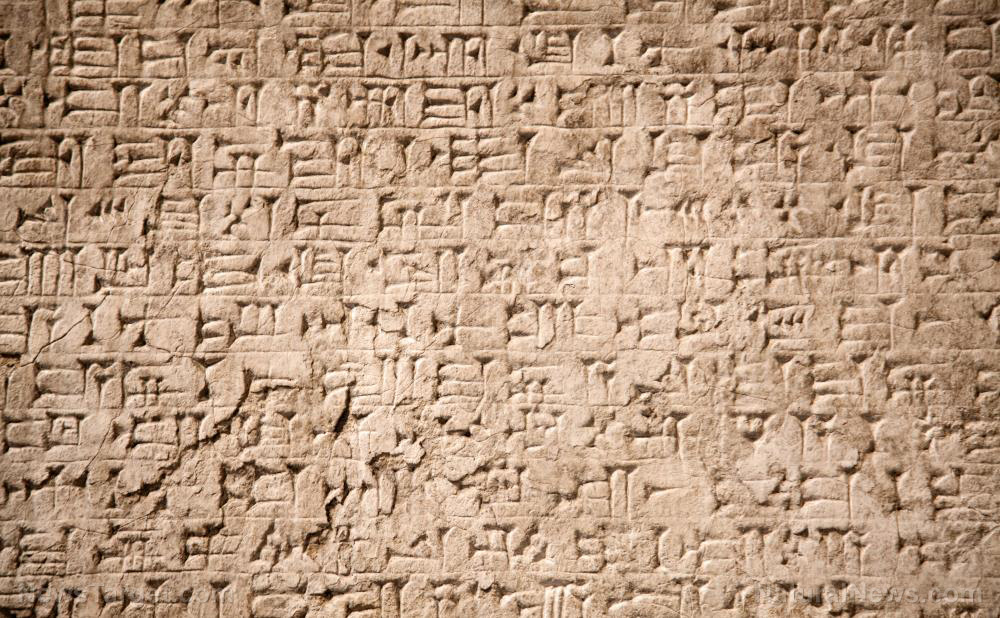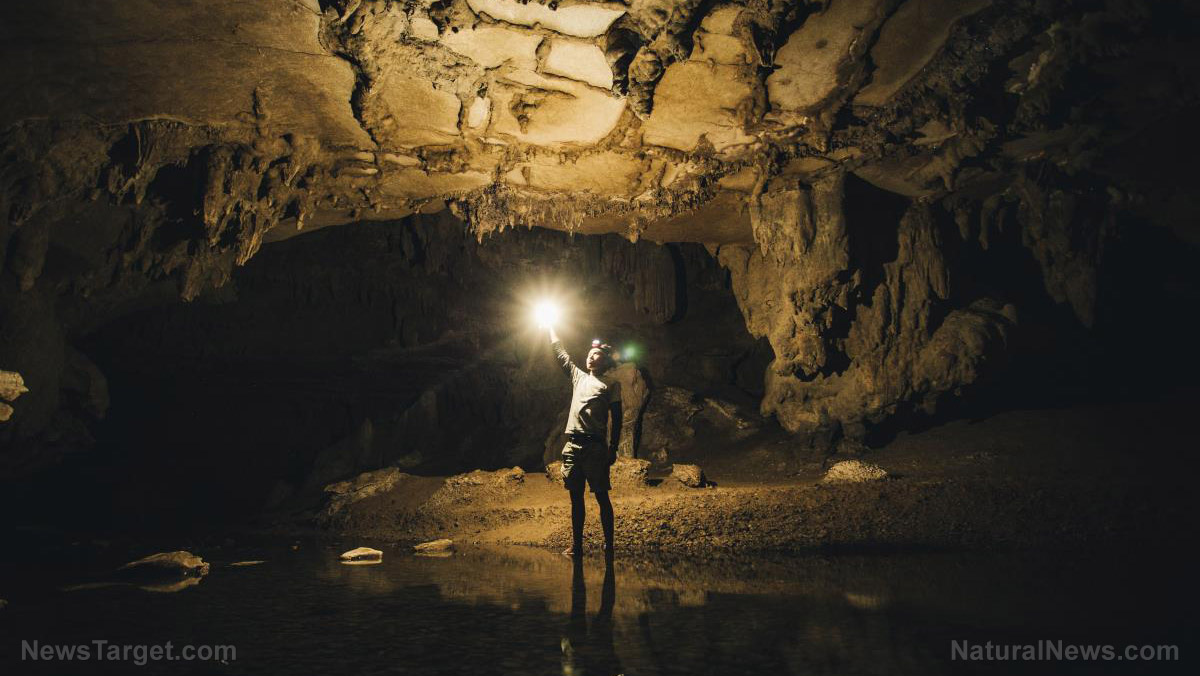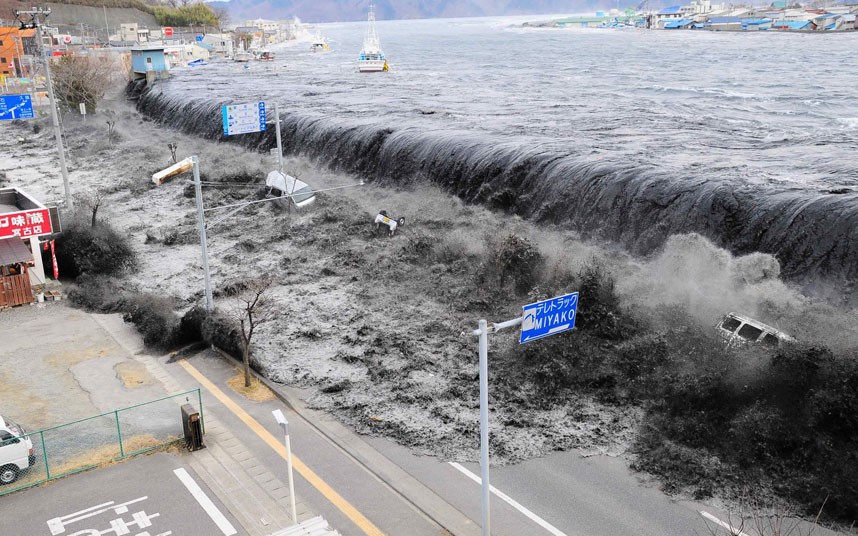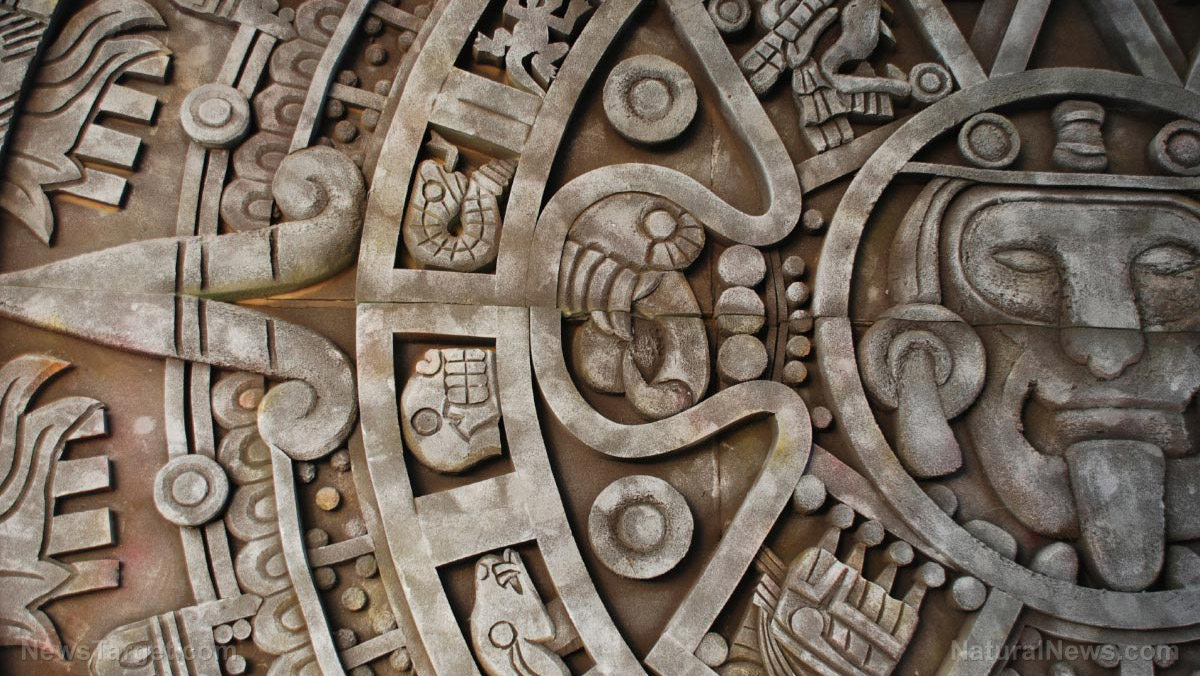Ancient art: Scientists discover 143 new Nazca line drawings previously hidden in Peru
02/03/2021 / By Virgilio Marin

Japanese archaeologists have discovered 143 new Nazca line drawings in Peru, including one found using artificial intelligence (AI). The land drawings depict humans, humanoids, animals and other beings and are believed to date back to at least A.D. 100 to B.C. 300.
The researchers spent years studying Pampa de Nazca, a 200-square-mile desert plain near the foothills of the Andes mountains where the line drawings are located. They discovered 142 drawings via satellite imagery and on-site analysis, while one was first identified by an AI system named Watson.
Previously unseen Nazca lines used as landmarks, sites for rituals
Nazca lines have been a long-standing source of fascination for archaeologists. Also called “geoglyphs,” the etched drawings depict objects of various types and can only be appreciated when viewed from above given their massive size. In 1994, they were deemed as a Unesco world heritage site.
Members of the ancient Nazca culture in South America were responsible for the majority of the geoglyphs, while the Chavin and Paracas peoples, which lived before the Nazcas, are believed to be responsible for the older drawings. The ancient groups created their designs by removing the top inches of soil to reveal the lighter-colored sand below. Because wind and rain are rare in the desert, the geoglyphs remained intact 2,000 years after they were made.
But some Nazca lines have lost their distinct shapes and some still are believed to be hidden from sight. The researchers wished to see the barely visible drawings in more detail and uncover previously unseen figures. For the first several years of their study, they relied on satellite imagery and on-site inspection to map Pampa.
The researchers found previously unseen geoglyphs that depict people, plants and animals. The drawings measure between 16 feet and 320 feet, with the newer ones measuring at least 160 feet while older ones being smaller. The team suspects that the newer drawings might have been sites for ritual ceremonies, while the older geoglyphs served as landmarks to guide travelers.
AI discovers humanoid Nazca line drawing
The researchers eventually partnered with IBM Japan to improve their hunt for Nazca lines. They taught the firm’s AI model, Watson, to find geoglyphs by feeding in images of previously identified carvings. Watson ended up finding hundreds of potential candidates, but only a few were likely true geoglyphs.
The team chose the best candidate and conducted an on-site investigation in 2019. They discovered a previously unseen humanoid figure that measures around 13 feet tall and 6.5 feet wide.
“It is in an area that we often investigated, but we did not know the geoglyph existed,” Masato Sakai, an archaeologist from Yamagata University and study’s lead researcher, told the Verge.
The etching resembles a cartoon character. It stands on two legs, wears a hat of sorts with three lines rising above its rectangular head and holds a club or stick in its right hand. Because it was found near a path, the researchers believe that the geoglyph might have been a “waypost marker.” (Related: Prehistoric site described as “real-life Atlantis” – experts in a race against time to retrieve treasures before it disappears again.)
The team plans to continue collaborating with IBM Japan to build on their discovery. They will be using the company’s PAIRS Geoscope platform to integrate 10 years of drone and satellite imagery with geographical survey data.
Last year, another group of archaeologists uncovered a previously unseen Nazca line drawing of a cat. Dated between B.C. 200 and B.C. 100, the feline geoglyph was scarcely visible and was about to disappear due to erosion. But it was quickly cleaned and conserved.
Artifacts.news has more about amazing archaeological discoveries.
Sources include:
Tagged Under: AI, ancient art, ancient history, artifacts, artificial intelligence, discoveries, geoglyphs, Nazca line drawings, Peru
RECENT NEWS & ARTICLES
COPYRIGHT © 2017 ARTIFACTS NEWS





















